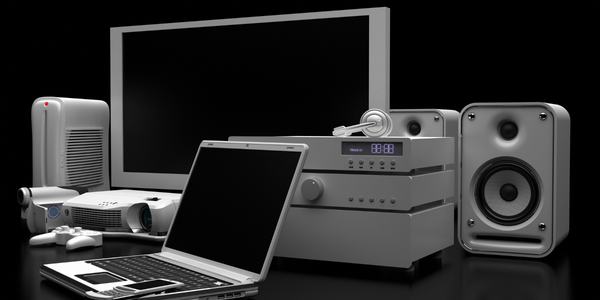下载PDF
AEMS: Adroit Environmental Monitoring Framework

技术
- 应用基础设施与中间件 - 数据可视化
适用行业
- 电子产品
挑战
OEM 传感器制造商和供应商不使用标签,而是使用传感器。可以很容易地包含不同的传感器接口以进行整体管理。 OEM 传感器制造商想要一个单一的用户界面,能够以有益且高效的方式与不同的传感器和制造商进行交互。
客户
未公开
关于客户
OEM 供应商和传感器制造商。
解决方案
AEMS(Adroit 环境监测系统)是一个框架,它将 SCADA、警报管理和报告以及数据仓库智能集成到一个统一的应用程序中,旨在通过单个用户界面轻松配置。 AEMS 为系统用户提供了一个通用的“外观和感觉”,旨在让 OEM 供应商和传感器制造商实现他们自己的在框架内工作的“插件”。
运营影响
相关案例.

Case Study
Remote Temperature Monitoring of Perishable Goods Saves Money
RMONI was facing temperature monitoring challenges in a cold chain business. A cold chain must be established and maintained to ensure goods have been properly refrigerated during every step of the process, making temperature monitoring a critical business function. Manual registration practice can be very costly, labor intensive and prone to mistakes.

Case Study
Cloud Solution for Energy Management Platform-Schneider Electric
Schneider Electric required a cloud solution for its energy management platform to manage high computational operations, which were essential for catering to client requirements. As the business involves storage and analysis of huge amounts of data, the company also needed a convenient and scalable storage solution to facilitate operations efficiently.

Case Study
Leveraging the IoT to Gain a Competitive Edge in International Competition
Many large manufacturers in and outside Japan are competing for larger market share in the same space, expecting a growing demand for projectors in the areas of entertainment, which requires glamor and strong visual performance as well as digital signage that can attract people’s attention. “It is becoming more and more difficult to differentiate ourselves with stand-alone hardware products,” says Kazuyuki Kitagawa, Director of Service & Support at Panasonic AVC Networks. “In order for Panasonic to grow market share and overall business, it is essential for us to develop solutions that deliver significant added value.” Panasonic believes projection failure and quality deterioration should never happen. This is what and has driven them to make their projectors IoT-enabled. More specifically, Panasonic has developed a system that collects data from projectors, visualizes detailed operational statuses, and predicts issues and address them before failure occurs. Their projectors are embedded with a variety of sensors that measure power supply, voltage, video input/ output signals, intake/exhaust air temperatures, cooling fan operations, and light bulb operating time. These sensors have been used to make the projector more intelligent, automatically suspending operation when the temperature rises excessively, and automatically switching light bulbs. Although this was a great first step, Panasonic projectors were still not equipped with any capability to send the data over a network.








